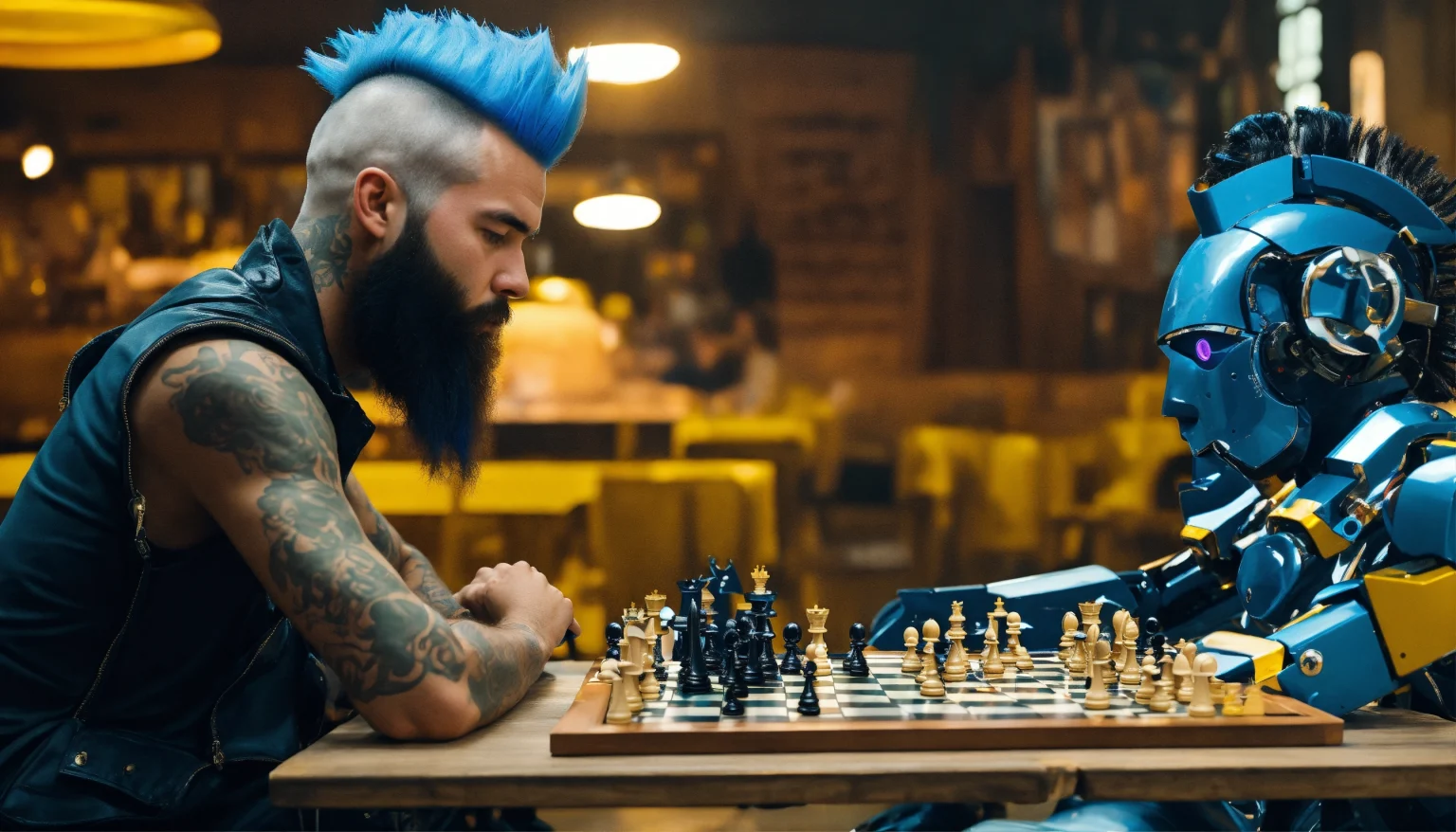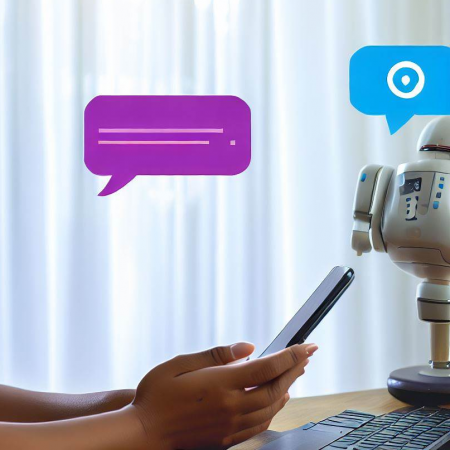In a world where robots fold laundry, is it too disconcerting to have one come for Olympics gold, asks Satyen K. Bordoloi
In 2023, a reel showing a robot crushing a human at table tennis got 114 million views. The video was a deepfake. But hold onto your circuit boards because 2025 is about to serve up something even better. We’re entering an era where robots won’t just be Amazon’s warehouse workers; they’ll cook dinner for you, tuck your child to bed, and maybe actually become your ping-pong buddies.
With major tech companies from Boston to Beijing rolling out household robots faster than smartphone updates, the question isn’t whether robots will enter our sports arenas – it’s when and how spectacularly they’ll do it.
The Current Robot Games Scene: Before diving into the future, let’s look at what’s already happening. Since 2004, the World Robot Olympiad has been the playground for young geniuses who build LEGO-based bots that would make Iron Man jealous.
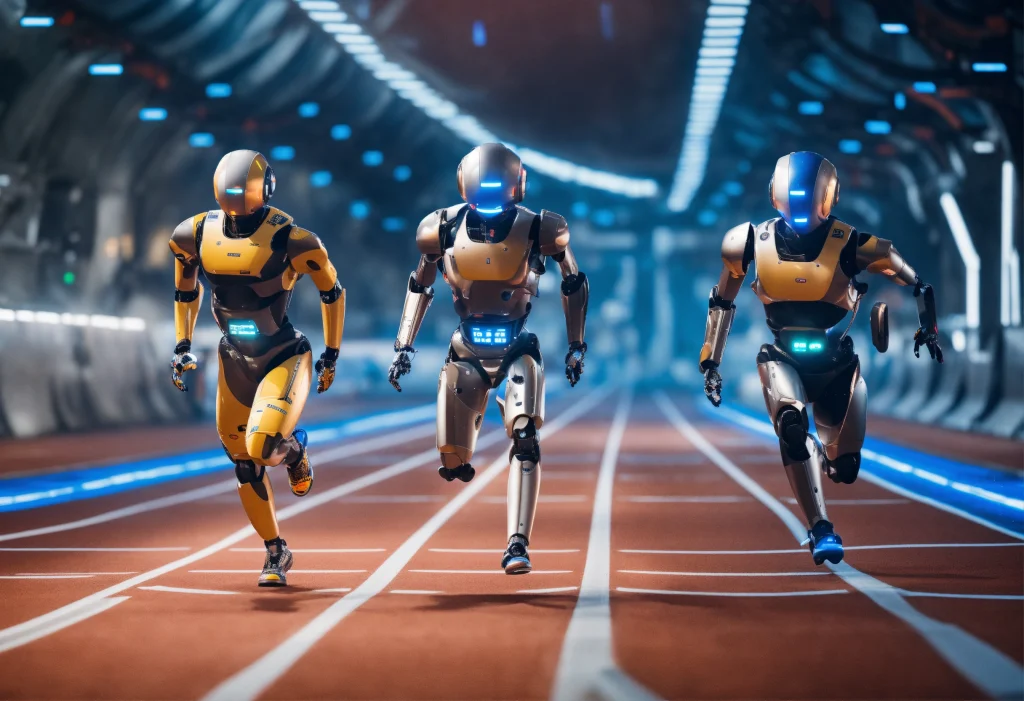
Picture this: eighth-graders from 95 countries huddled over circuit boards, creating robots that solve real-world problems while looking cooler than a cyberpunk movie prop. These competitions span categories like RoboMission, RoboSports, and Future Engineers – basically a science fair on steroids where the exhibits move, think, and sometimes even trash-talk (okay, maybe not that last part, yet).
China’s Game-Changing Move: Now, China’s taking sporting robots up a notch, and they’re not subtle about it. In April 2025, Beijing’s Daxing district will be hosting what might be the most ambitious human-robot collaboration since that Will Smith movie.
We’re talking about a marathon where 12,000 human runners will share a 21km track with humanoid robots, including “Tiangong” – a mechanical speedster that cruises at 10 kilometres per hour. And it’s not just China showing off but a creative way of addressing its ageing population crisis while flexing its technological muscles. When you’re responsible for 51% of the world’s robot installations, this is the least expected of you.
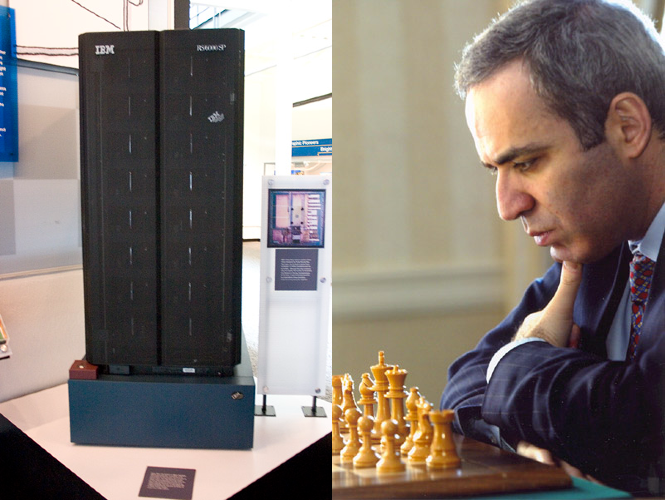
Why We Need a Robot Olympics: Every ancient civilisation had some version of the Olympic games. This wasn’t just because they were bored. These events served two crucial purposes: pushing soldiers to become stronger and identifying the best warriors.
Today’s Olympics continue this tradition of pushing human limits, leading to breakthroughs in everything from nutrition to sports medicine. So, here’s a thought: if we’re entering the age of robots, shouldn’t we have a similar testing ground for our mechanical athletes?
Think Formula 1 racing but for every conceivable sport. Race cars have given us anti-lock brakes, better tyre technology, and countless other innovations that make our daily drives safer and smoother. A Robot Olympics could do the same for robotics, accelerating the development of helper robots that could assist the elderly, perform dangerous jobs, or simply help you fold your laundry without turning your socks into origami.
The “Doping” Advantage: Here’s where it gets really interesting: unlike human athletes, these competitors can actually be “enhanced” without scandal. Want to inject your robot with rocket fuel? Go for it. Upgrade its processors? Why not! Give it carbon fibre muscles? The more the merrier! When your goal is advancing robotics, traditional sports rules go out the window. This isn’t cheating; it’s innovation at its finest.
Will This Kill Human Sports?: The million-dollar question: will robot sports overshadow human athletics? Some worry that watching humans play table tennis will become as exciting as watching paint dry once we have robots playing at lightning speed. But here’s where chess teaches us a valuable lesson.
When Deep Blue defeated Garry Kasparov in 1997, people thought human chess was dead. Plot twist: chess is more popular than ever. Today’s grandmasters get rock star receptions ft. Gukesh Dommaraju at Chennai Airport last year, chess content like The Queen’s Gambit is streaming gold, and AI has actually made the game more interesting by discovering new moves and strategies. The human element didn’t disappear – it evolved.
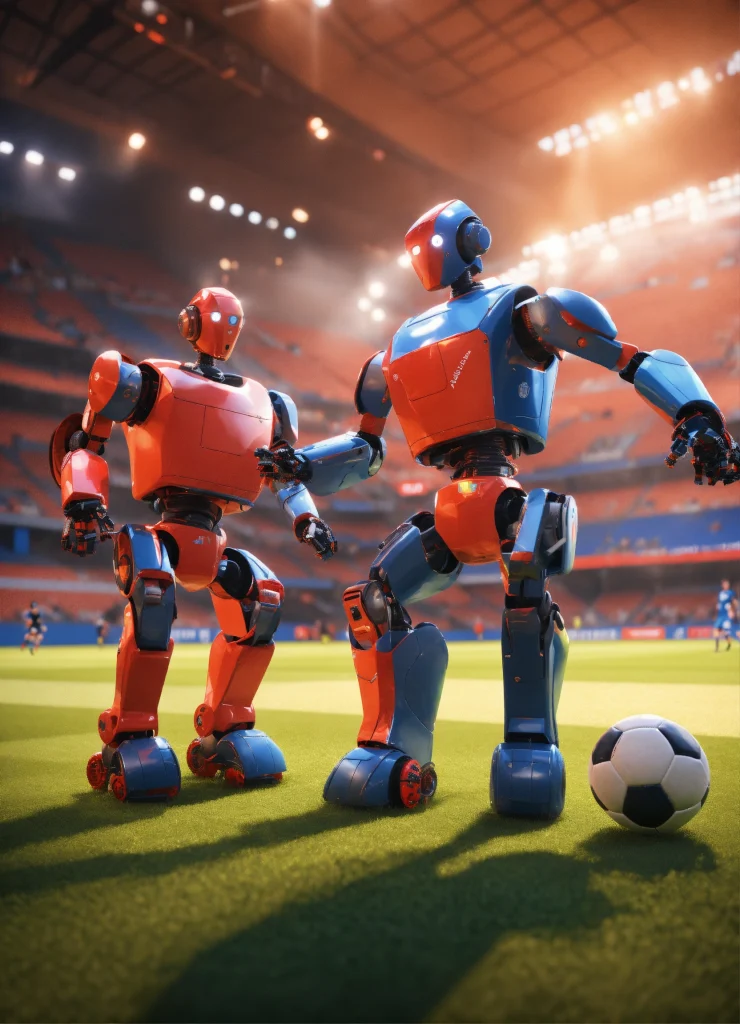
The Future of Competition: Imagine a cricket match where robots bowl at supersonic speeds with specially reinforced balls or a gymnastics competition where robots perform physically impossible routines. Picture robot high jumpers testing new materials and joint designs, robot swimmers developing better propulsion systems, and robot weightlifters pushing the limits of mechanical strength. Each competition would be a laboratory for innovation, with the added bonus of being incredibly entertaining to watch. Like the Paralympics and Winter Olympics, the Robolympics could be the entertaining fourth cousin.
Educational Impact and Innovation: The educational potential is mind-boggling. Just as the current World Robot Olympiad inspires kids to dive into robotics and programming, a full-scale Robot Olympics could spark a new generation of engineers, programmers, and inventors.
We might see high schools offering “Robot Sports Engineering” alongside traditional shop classes or college scholarships for promising robot designers. It’s not just about creating better athletes – it’s about fostering innovation that could change everything from healthcare to space exploration.
The technological spillover could be enormous. Imagine the advances in artificial muscles, battery technology, and AI decision-making that could come from robots trying to perfect a gymnastics routine or master a tennis serve. These developments wouldn’t just benefit future robots; they could lead to better prosthetics for humans, more efficient renewable energy systems, and smarter autonomous vehicles.
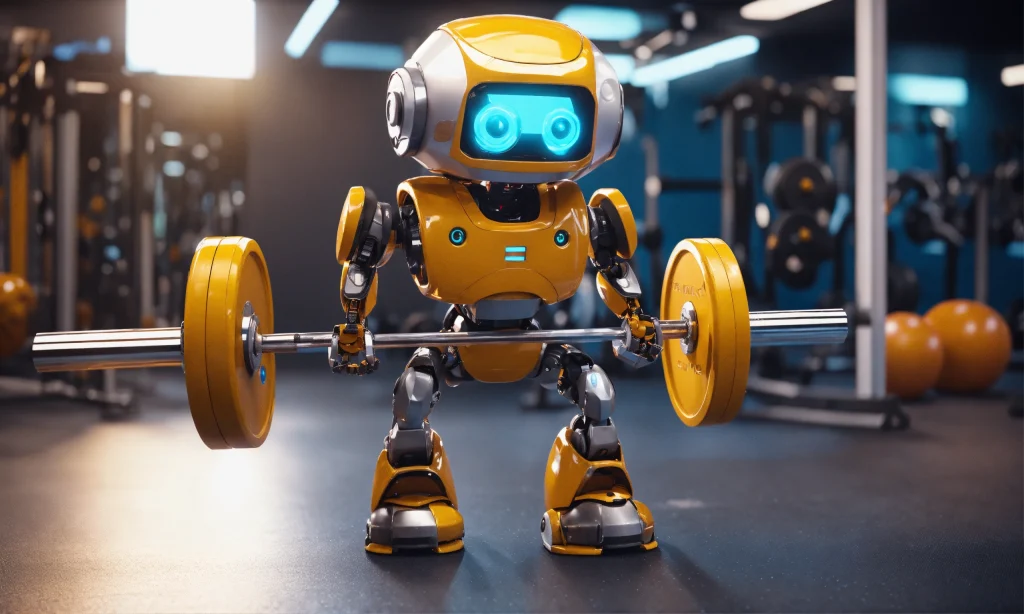
Beyond Competition: The Cultural Impact: The Robot Olympics wouldn’t just be about sports – it would be a cultural phenomenon. Picture international teams of engineers becoming celebrities, robots developing “personalities” through their unique approaches to different sports, and new forms of entertainment emerging at the intersection of athletics and robotics, science and art. We might even see human-robot hybrid events that showcase the best of both worlds.
Looking Ahead: The future of sports isn’t about replacing humans – it’s about expanding what’s possible. When the first Olympics were held in ancient Greece, they were about finding the best warriors and pushing human limits. Today’s Olympics still celebrate human achievement while driving technological progress. Tomorrow’s Robot Olympics could do the same for artificial intelligence, robotics, and human-machine interaction.
So the next time you see a robot doing backflips or playing ping pong, don’t worry about the machines taking over sports. Instead, get ready for a future where human and robot athletics exist side by side, each pushing the other to new heights. The Robot Olympics aren’t coming to replace our games – they’re coming to add a whole new dimension to what we consider possible.
After all, as that viral ping pong video showed us, we’re already dreaming about it. Now it’s just a matter of making those dreams reality – one robotic serve at a time.
In case you missed:
- When AI Meets Metal: How the Marriage of AI & Robotics Will Change the World
- Forget Smart Homes – Welcome to Your ‘Feeling’ Home
- Bots to Robots: Google’s Quest to Give AI a Body (and Maybe a Sense of Humour)
- Google Falters Under AI Onslaught: Future of Search in Peril?
- Collaboration, Complexity, & Innovation: Understanding Multi-Agent Systems
- AI vs. Metaverse & Crypto: Has AI hype lived up to expectations
- Apple Intelligence – Steve Jobs’ Company Finally Bites the AI Apple
- Rise of Generative AI in India: Trends & Opportunities
- A Manhattan Project for AI? Here’s Why That’s Missing the Point
- Reversing Heart Disease: Next Step in Living 150 Years Achieved in Lab



